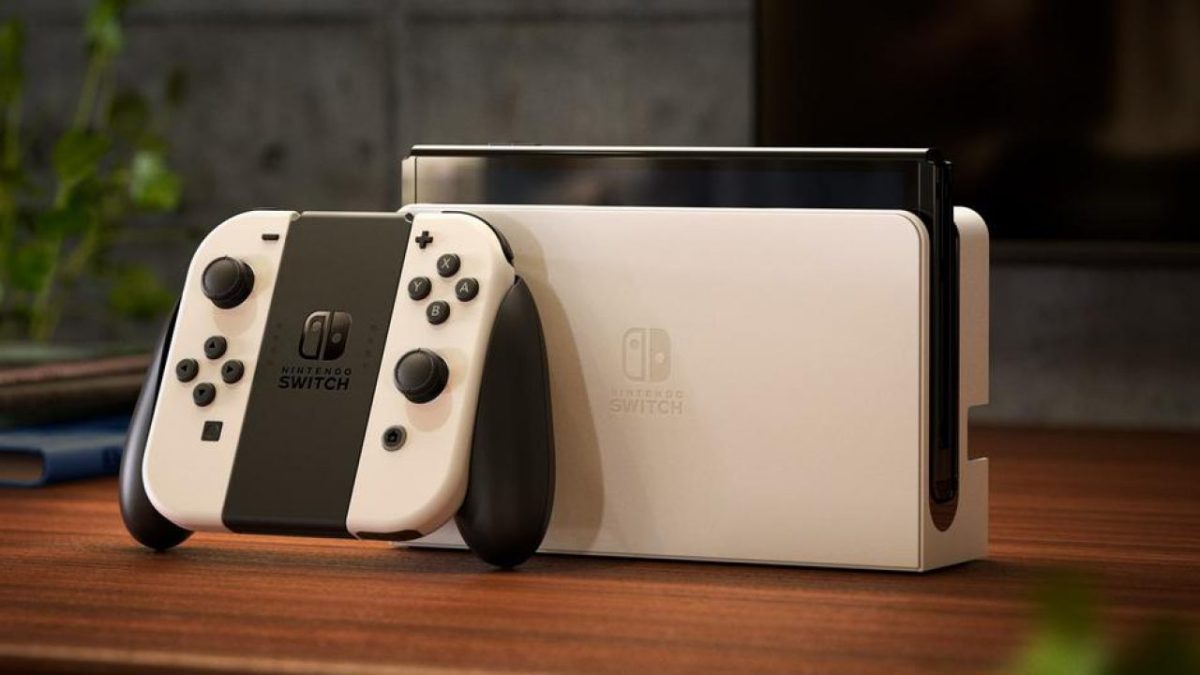Nintendo announced plans today for a new Switch model boasting an OLED display, and while most of the console might look very similar to its predecessor, there are a few key differences.
Sitting at seven inches across, the OLED screen on the new Switch will be nearly a full inch larger than the standard 6.2-inch display of the standard Switch. This is an inch and a half larger than the Switch Lite, which has a 5.5 inch display.
Despite the larger screen, the new OLED model is nearly the exact same size as the standard Switch. The dimensions of the new Switch will be four by 9.5 by 0.55 inches. The standard Switch was the same height and depth but was 0.1 inches shorter in length, coming out to four by 9.4 by 0.55 inches. Those are both obviously larger than the Lite which is 3.6 by 8.2 by 0.55 inches.
Meanwhile, the new Switch will weigh slightly more than the previous version of the console. At about .71 pounds without its Joy-Con controllers, that is just a shade heavier than the current model, which is .66 lbs.
Just like the standard model, the new OLED console will have a multi-touch 1280 x 720 resolution screen. The primary difference between the two, other than the screen size will be the use of OLED as opposed to LCD.
The video output of the new OLED model will also mimic that of the current Switch with 1080p capabilities when using an HDMI connection.
Ultimately, you may not notice if someone is using the newer OLED Switch at a glance, but if you pay close attention to the size of the screen itself, you will probably be able to tell.
Nintendo’s newest version of the Switch will be available for preorder from certain retailers and releases officially on Oct. 8.


